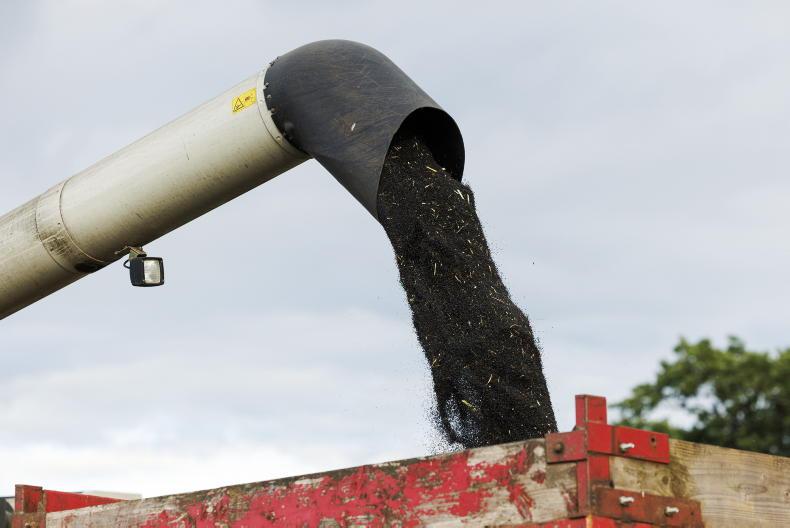The past year has been remarkable on many fronts in the tillage sector and especially for grain and oilseed prices. Markets are influenced by many things but supply and demand (S&D) ultimately drive sentiment. Uncertainty can be an even bigger issue, especially when it is unquantifiable, as happens in war.
This article describes the market over the past 16 to 17 months to show the magnitude of what has happened.
I present data from native physical markets, the MATIF futures market in Paris (MATIF = Marché à Terme International de France), the LIFFE futures (London International Financial Futures and Options Exchange – now ICE Futures Europe owned by the Intercontinental Exchange) and CBOT futures (Chicago Board of Trade).
Many different factors influence the price indicators that are available in the market, from futures (paper transactions used to hedge purchases or sales) to forward prices (sell now for a point in the future) to nearby physical prices (the actual local price you can get from a cash buyer for nearby removal).
In general, these act in close unison but sometimes they can deviate considerably. Some weeks ago, the physical spot price was considerably higher than the nearby futures as buyers scrambled to purchase grain for fear of non-availability.
More recently, we see physical price offers for harvest drop below futures as the market faces the reality of keeping native grains competitively priced with imports.
More recently, we are seeing futures prices weaken considerably as the market faces increasing demand uncertainty due to cost.
Markets are complex in their daily workings but simple in their working principles.
Scarcity drives up prices to help encourage production and supply to solve a problem and high prices ration usage to help bring supply and demand back into balance.
The past year has been remarkable on many fronts in the tillage sector and especially for grain and oilseed prices. Markets are influenced by many things but supply and demand (S&D) ultimately drive sentiment. Uncertainty can be an even bigger issue, especially when it is unquantifiable, as happens in war.
This article describes the market over the past 16 to 17 months to show the magnitude of what has happened.
I present data from native physical markets, the MATIF futures market in Paris (MATIF = Marché à Terme International de France), the LIFFE futures (London International Financial Futures and Options Exchange – now ICE Futures Europe owned by the Intercontinental Exchange) and CBOT futures (Chicago Board of Trade).
Many different factors influence the price indicators that are available in the market, from futures (paper transactions used to hedge purchases or sales) to forward prices (sell now for a point in the future) to nearby physical prices (the actual local price you can get from a cash buyer for nearby removal).
In general, these act in close unison but sometimes they can deviate considerably. Some weeks ago, the physical spot price was considerably higher than the nearby futures as buyers scrambled to purchase grain for fear of non-availability.
More recently, we see physical price offers for harvest drop below futures as the market faces the reality of keeping native grains competitively priced with imports.
More recently, we are seeing futures prices weaken considerably as the market faces increasing demand uncertainty due to cost.
Markets are complex in their daily workings but simple in their working principles.
Scarcity drives up prices to help encourage production and supply to solve a problem and high prices ration usage to help bring supply and demand back into balance.










SHARING OPTIONS